Acropora, Tenius, Milliepora & Montipora Coral Care Guide
Looking to master the art of keeping SPS corals? This guide covers essential care tips for Acropora, including Tenius and Milliepora varieties, as well as Montipora—some of the most popular Small Polyp Stony corals in the reefing world.
What Are Small Polyp Stony (SPS) Corals?
SPS corals are hard corals with tiny polyps and rigid calcium carbonate skeletons. They include species like Acropora and Montipora, known for their vibrant colors and intricate growth forms. These corals demand stable water conditions and are best suited for experienced reef keepers.
Popular SPS Coral Types
- Acropora Tenius: Known for its vivid coloration and branching structure. Requires high light and strong flow.
- Acropora Milliepora: Features fuzzy polyps and fast growth. Sensitive to parameter swings.
- Montipora Capricornis: A plating coral that thrives in moderate to high light.
- Montipora Digitata: A branching species that’s more forgiving than Acropora.
Ideal Tank Parameters
- Lighting: High (200–400 PAR), especially for Acropora species
- Water Flow: Strong, turbulent flow to prevent detritus buildup
- Temperature: 75–78°F (24–26°C)
- Salinity: 1.025–1.026 SG
- pH: 8.1–8.4
- Alkalinity: 8–9 dKH
- Calcium: 420–450 ppm
- Magnesium: 1300–1400 ppm
- Nitrate: 2–10 ppm
- Phosphate: 0.01–0.05 ppm
Placement Tips
Place Acropora and Montipora corals in areas with strong light and flow. Acropora should be positioned higher in the tank, while Montipora can tolerate slightly lower placement. Avoid shading and ensure room for growth.
Feeding & Nutrition
Though primarily photosynthetic, SPS corals benefit from supplemental feeding:
- Phytoplankton and zooplankton
- Coral amino acids
- Target feeding 1–2 times per week
Growth & Fragging
Acropora and Montipora can be fragged using bone cutters or a coral saw. Ensure frags are placed in stable, high-flow areas and monitor for tissue recession or bleaching during recovery.
Common Challenges
- RTN/STN: Rapid or slow tissue necrosis due to stress or instability
- Bleaching: Caused by excessive light or parameter swings
- Pest Infestations: Watch for Acropora-eating flatworms (AEFW) and nudibranchs


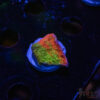
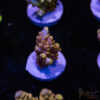
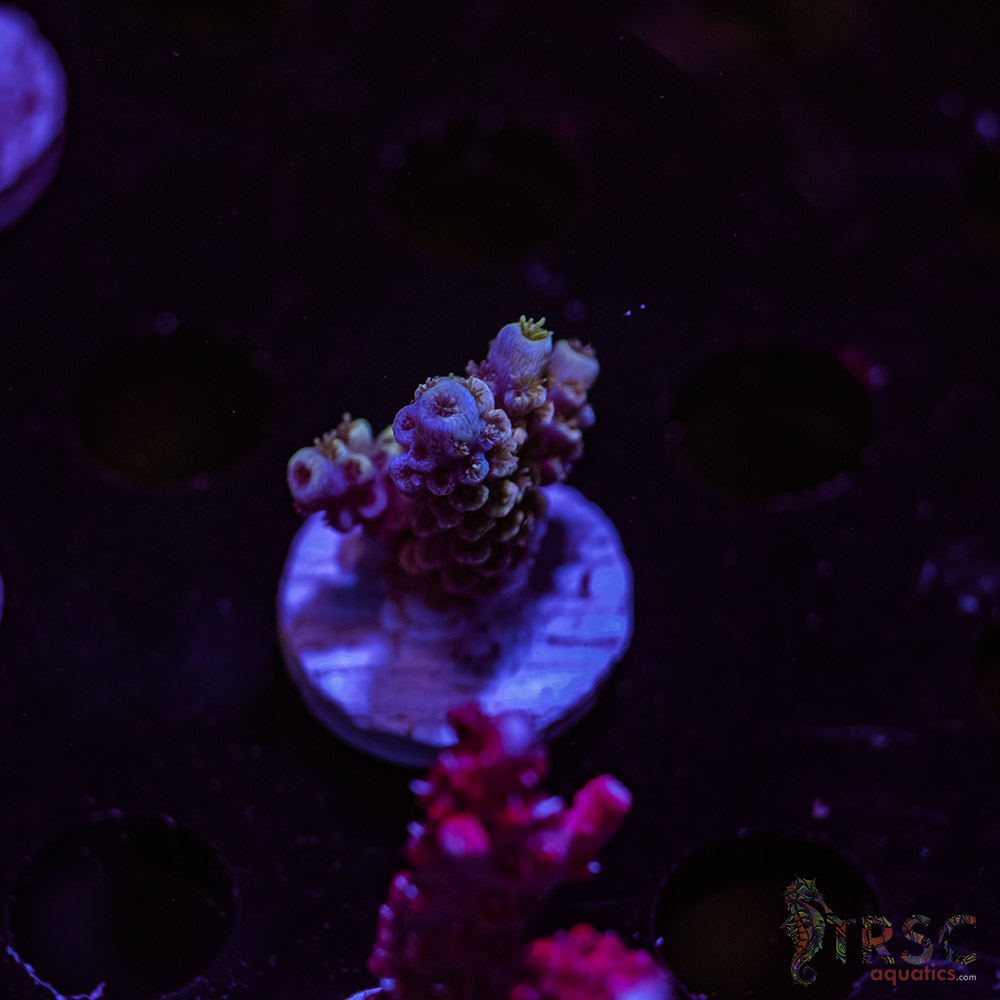
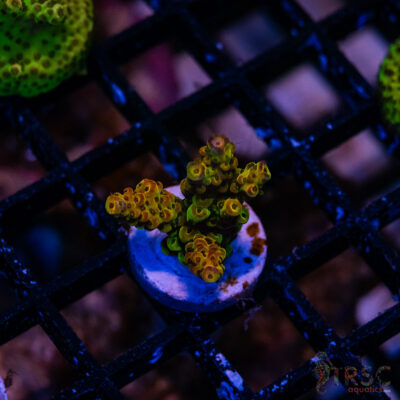
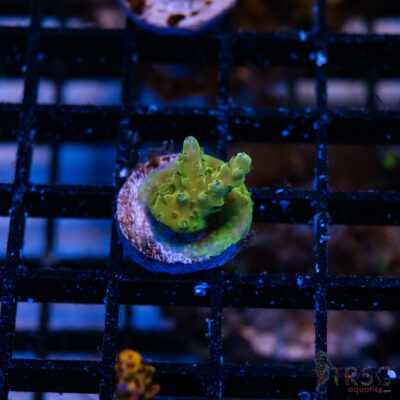
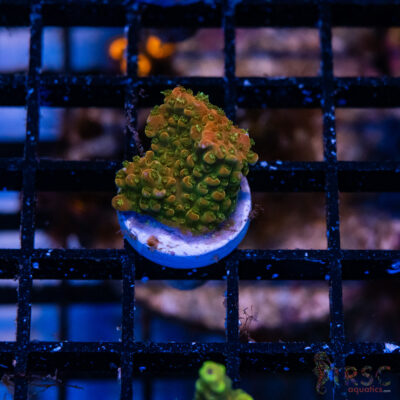
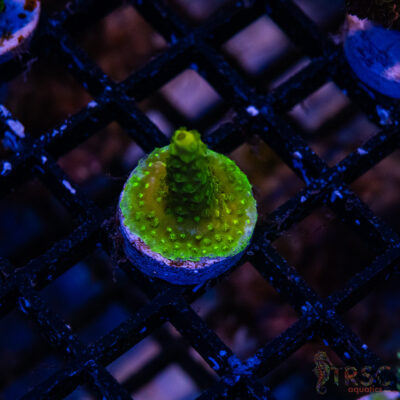
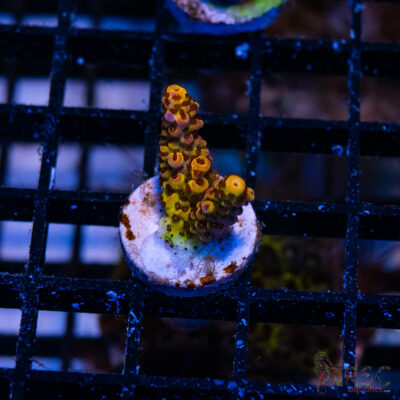
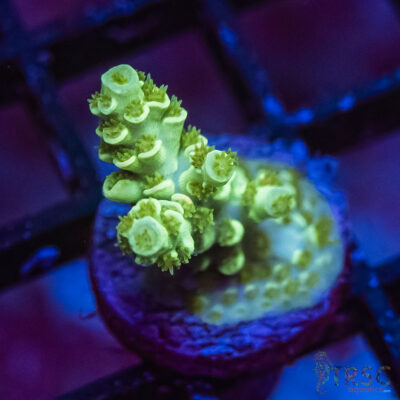
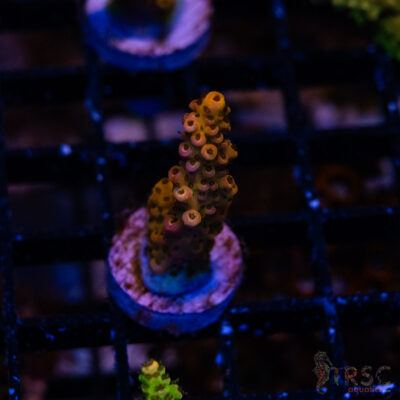
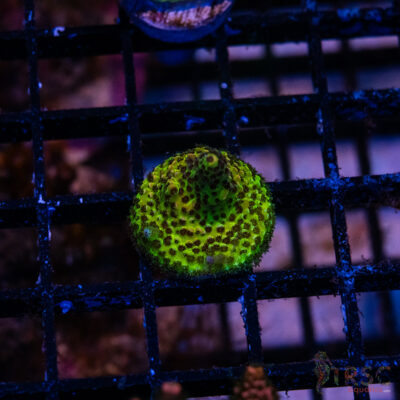

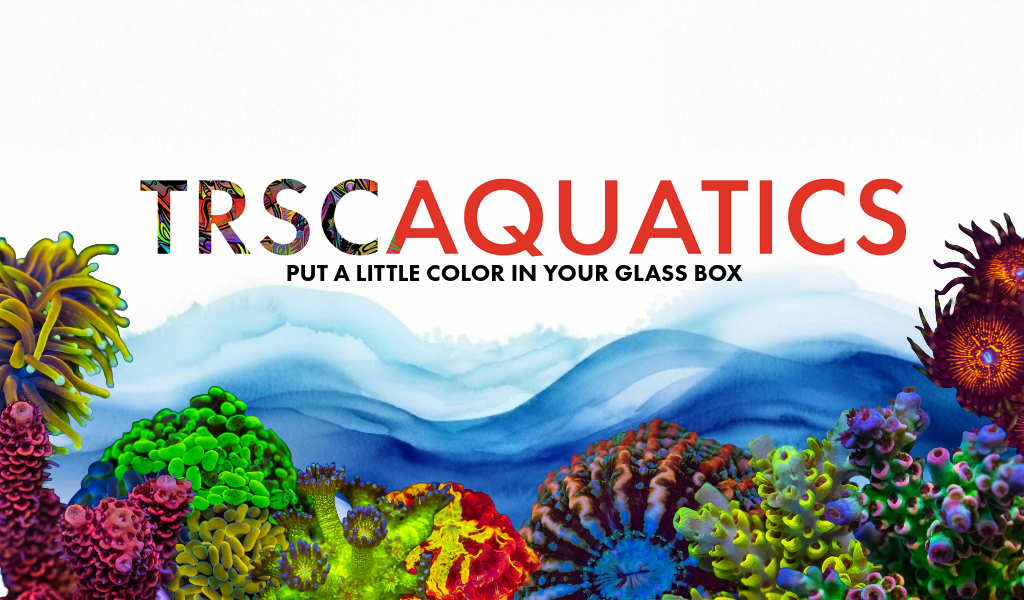
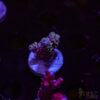
Reviews
There are no reviews yet.